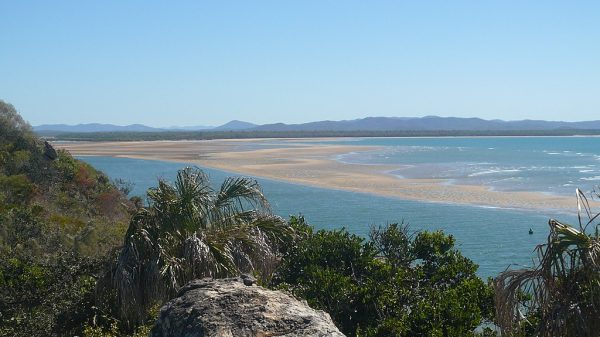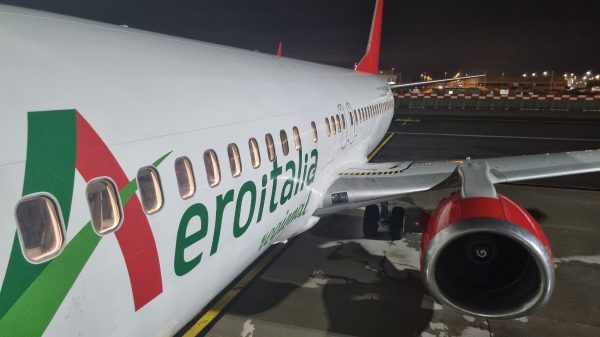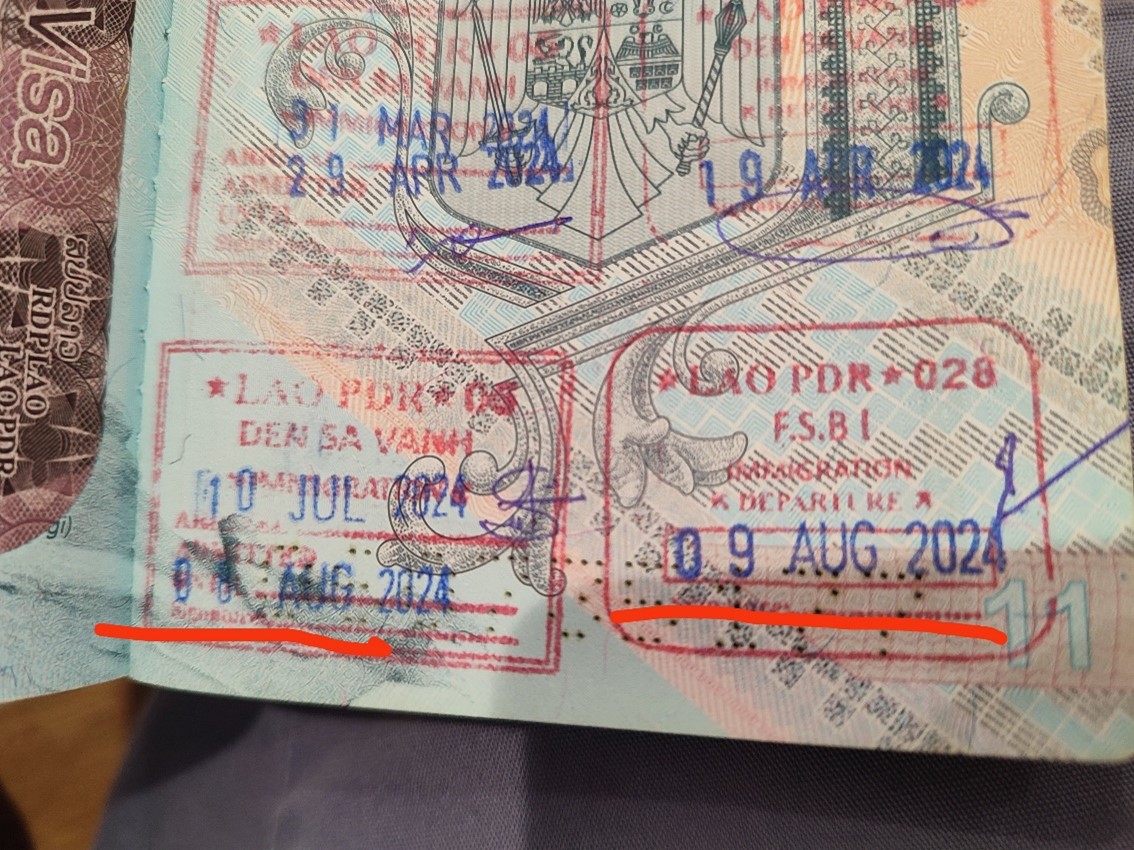Cristian Gherasim – reporting from Udon Thani, Thailand
When trying to exit Laos I realized that I ended up overstaying my visa by one day. After waiting for close to one hour to have everything sorted out by the border officials and after paying a 10 USD fine I finally got stamped out of the country with very little time left to catch my bus into Thailand. Adventurous or not, that’s the type of nuisance travellers would like to avoid.

Visas represent a significant hassle for those looking to explore Southeast Asia, though more and more nations from the region are looking for ways to boost tourism by waiving visa requirements for selected countries.
Naturally, citizens from the ASEAN region, which includes Vietnam, The Philippines, Cambodia, Laos, Thailand, Myanmar, Indonesia, Singapore, Malaysia, and Brunei have always been able to travel visa-free throughout S-E Asia for a limited number of days, but now these same countries want to unite under a Schengen like visa-free zone for overseas tourists too.
A South-East Asian Schengen would allow tourists to visit all of the countries in the region without going through the hassle of applying for multiple visas.
The move has been initiated by Thailand, which is looking for ways to grow its tourism industry even further. The country has recently opened its borders to citizens from 93 countries who no longer require a visa for stays up to 60 days.
Vietnam is also exploring extending its 45 day visa waiver now awarded to just the citizens of a handful of high-income countries. The country has one of the more trickier visa systems whereby travelers need to apply online for a visa and wait for a couple of days before learning whether their request has been granted or not. Visas for Vietnam are not issued upon arrival, but there are valid for stays up to 90 days.
Cash-strapped Laos could use a boost in tourism together with some hard currency coming into the country and helping to stabilize the KIP. This national currency has been dropping in value significantly over the past months. To that end, until the end of this year the landlocked nation is giving the citizens of Scandinavian nations and to those coming from Belgium, Spain and Greece the possibility to stay in Laos for up to 15 days.
The move looks to introduce a system similar to that existing now in the European Union under the Schengen Agreement. Schengen is the pinnacle for freedom of movement within the European Union, the crown jewel of European integration, as the European Commission puts it, allowing people and goods to travel freely between member countries.
It is still uncertain when or even if such a similar agreement will ever see the light of day in South Eastern Asia. Uniting South East Asia under an agreement resembling Schengen would focus entirely on boosting tourism without the political implications that the Schengen Agreement has in the European Union.




















